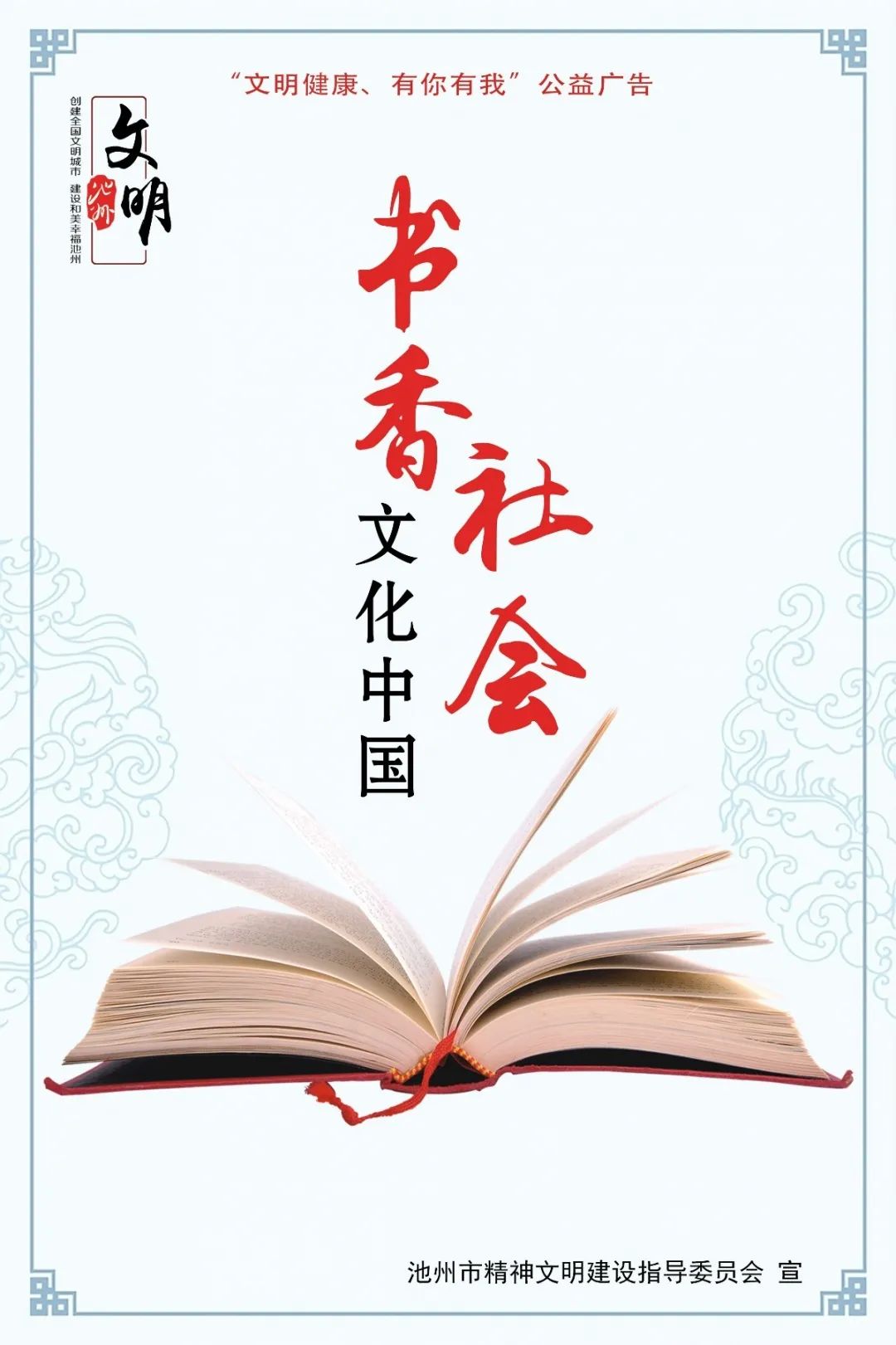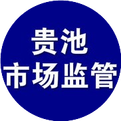Click the blue text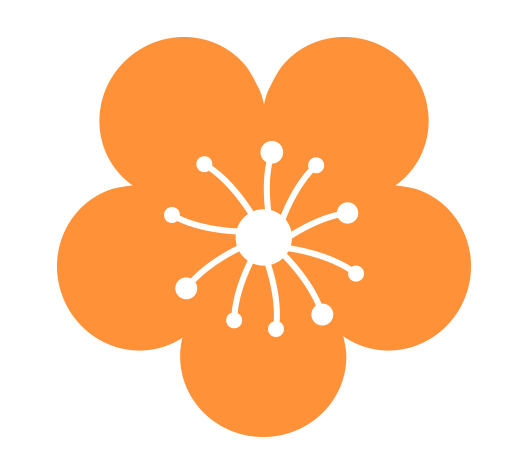 Follow us
Follow us



Traditional forms of Chinese patent medicines include “pills, powders, pastes, and elixirs.” With the development of traditional Chinese medicine (TCM) and advancements in technology, various new forms have been developed, such as tablets, capsules, syrups, injections, and films.
 In this issue of safe medication use, let’s popularize knowledge together~
In this issue of safe medication use, let’s popularize knowledge together~
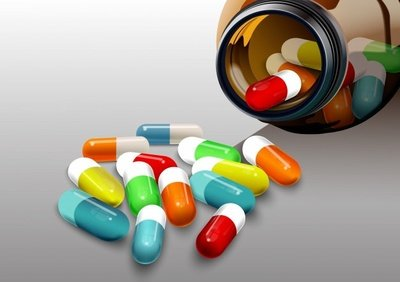
Popular Science on Forms of Chinese Patent Medicines (Part 1)Pills
In ancient times, pills were referred to as “wan zhe huan ye,” meaning that the effects of pills are slower, requiring time to dissolve and be absorbed in the body before exerting their medicinal effects. Therefore, pills are often suitable for treating chronic diseases. Pills can be further divided into water pills, honey pills, paste pills, and wax pills. Water pills are made by grinding the herbs finely and using cool boiled water as a binding agent, such as Shan Zha Nei Xiao Wan (Hawthorn Internal Dissolving Pill) and Long Dan Xie Gan Wan (Gentiana Liver-Draining Pill). In addition to using water to form pills, there are also those made with yellow wine, vinegar, or decocted herbal juices, collectively referred to as water pills. Honey pills are made by using honey as a binding agent, generally weighing 6-9 grams for large honey pills and under 3 grams for small honey pills. Using honey to make pills can enhance the nourishing effect of the medicine, reduce unpleasant odors, and slow down the dissolution and absorption rate, commonly used for tonic medicines like Ren Shen Gui Pi Wan (Ginseng Spleen-Strengthening Pill) and Bu Zhong Yi Qi Wan (Tonifying the Middle and Boosting Qi Pill). Paste pills are small pills made from finely powdered herbs using rice paste or flour paste as a shaping agent, which are hard in texture and dissolve slower than water or honey pills, often used for more irritating or toxic TCM medicines to release their effects slowly and reduce side effects, such as Ju Fang Zhi Bao Wan (Prescribed Treasure Pill). Wax pills are made by melting beeswax and mixing it with powdered herbs, serving as a long-acting form, commonly used for detoxifying, dispelling blood stasis, and relieving pain, such as San Huang Bao La Wan (Three Yellow Wax Pill).
PowdersPowders are a type of dry powder form made by grinding and mixing herbs evenly. Ancient texts record: “San zhe san ye,” meaning that they can produce effects quickly after ingestion, especially suitable for making TCM medicines that have dispersing, promoting qi, activating blood, dispelling dampness, and diuretic effects. Powders can be divided into internal and external use; internal powders can be taken directly, such as Wu Ling San (Five-Ingredient Powder) and Zi Xue San (Purple Snow Powder); external powders like Sheng Ji San (Wound Healing Powder), Bing Peng San (Ice Boron Powder), Xi Lei San (Tin Powder), and Hong Mian San (Red Cotton Powder) can be sprinkled or blown onto affected areas such as the mouth, throat, and ears. Additionally, Qi Li San (Seven-Parts Powder) and Liu Yi San (Six-One Powder) can be used both internally and externally.PastesCommon pastes can be divided into three types: paste tonics, medicinal pastes, and plasters. Paste tonics, also known as decoction pastes, are made by boiling herbs in water, concentrating the juice, and adding honey or syrup to create a thick semi-liquid preparation. Paste tonics are thick, sweet in taste, and have a mild medicinal property, making them easy to take and absorb, suitable for making TCM medicines that nourish yin, moisten dryness, relieve throat dryness, and invigorate blood circulation, such as Yang Yin Qing Fei Gao (Nourishing Yin and Clearing Lung Paste), Qing Guo Gao (Green Fruit Paste), and Yi Mu Cao Gao (Motherwort Paste). Medicinal pastes, also known as oil pastes, are made with plant oil or beeswax as a base, where herbs are heated in oil to extract effective components, or powdered herbs are directly mixed into the base, mainly for external treatment of burns, injuries, and surgical swellings, such as Jing Wan Hong Ointment, Hemorrhoid Ointment, and Wan Lian Di (Chronic Ringworm Treatment). Plasters are made by boiling plant or animal oils with herbs to form a gel-like substance, spread on cloth, leather, or paper, and can be applied for extended periods, mainly used for treating sores and swellings, such as Zhui Feng Gao (Wind-Chasing Ointment), Gou Pi Gao (Dog Skin Ointment), and Shi Xiang Nuan Qi Gao (Ten Fragrance Warm Navel Ointment).Elixirs
Elixirs can be used externally or internally. External elixirs are made from mineral medicines such as mercury, nitre, alum, sulfur, and realgar, through sublimation or fusion methods, which can be used alone or mixed with other medicines, such as Hong Sheng Dan (Red Rising Elixir), Bai Jiang Dan (White Descending Elixir), San Xian Dan (Three Immortal Elixir), and Jiu Yi Dan (Nine-One Elixir). Internal elixirs do not have a fixed form, including those classified as powders like Zi Xue Dan (Purple Snow Elixir), honey pills like Da Huo Luo Dan (Great Activating Elixir), water pills like Mei Hua Dian She Dan (Plum Blossom Tongue Point Elixir), paste pills like Ren Dan (Human Elixir), Xiao Jin Dan (Small Gold Elixir), and wax pills like Shu Mi Cun Jin Dan (Millet Inch Gold Elixir).
Tablets
Tablets are solid preparations made by compressing finely powdered herbs or extracts with suitable excipients, including concentrated tablets, semi-concentrated tablets, and full powder tablets, and are one of the commonly used modern forms. Tablets are small in size, accurate in dosage, easy to disintegrate, act quickly, and have advantages such as high production efficiency, low cost, and convenience in use and storage.
LiquidsLiquids, also known as water preparations, are not made with water but with ethanol solutions as the solvent, processed and refined, such as Huo Xiang Zheng Qi Shui (Agastache Correcting Qi Water), Shi Di Shui (Ten Drops Water), and Sha Yao Shui (Shingles Medicine Water). Due to their good solubility and ease of absorption, they act quickly and are often used to treat acute vomiting, diarrhea, and other conditions.TeasTeas are made by mixing coarse powdered herbs with a small amount of tea leaves and a binding agent. They are usually formed into small cubes or cakes, and when used, the preparation is crushed and placed in a covered teacup, boiling water is poured in to steep and drink instead of tea. Common teas include Wu Shi Cha (Noon Tea), Gan Mao Cha (Cold Medicine Tea), and Gan He Cha (Sweet Harmony Tea).Lozenges
Lozenges are made by grinding herbs into fine powder and mixing with appropriate binding agents to form various shapes such as spindle or flat round solid preparations, suitable for internal or external use. For example, Zi Jin Ding (Purple Gold Lozenge) has the effects of clearing heat, detoxifying, and reducing swelling and pain, and can be taken orally for treating heat stroke, abdominal distension, nausea, and vomiting; externally, it can treat carbuncles, mumps, erysipelas, and throat wind.
Source: Anhui Drug Regulatory Authority
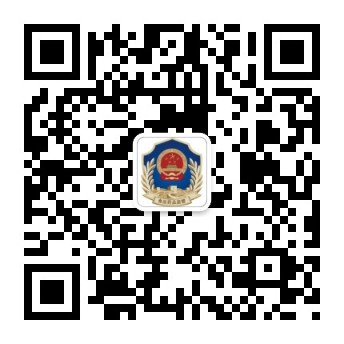
Conveying the voice of the government
Showcasing regulatory achievements
Reporting policy information
Responding to public concerns
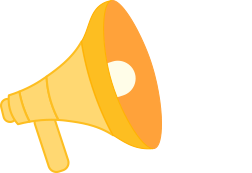 If you like it, please follow usPublic Service Advertisement Broadcast
If you like it, please follow usPublic Service Advertisement Broadcast
